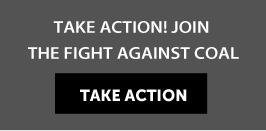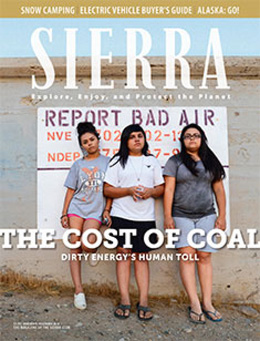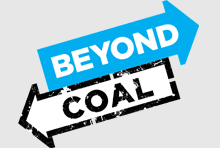
The Story Behind 'The Cost of Coal'
This spring and summer I had the great good fortune to visit some of the poorest, saddest places in America.
Photographer Ami Vitale and I spent about a month on the road, talking to people on porches in West Virginia, at playgrounds near Detroit, and in darkened single-wides in the Nevada desert. Our concept was to show how coal damages lives in all three phases of its energy-generating cycle: when it's extracted, when it's burned, and when the leftover waste is discarded. DIG, BURN, DUMP. That was the title we'd envisioned.
But we kept hearing a different phrase, from all quarters. First, from defiant Donna Branham in Appalachia, whose once tight-knit family atomized after a mountaintop-removal mine shuttered her hometown: "They always talk about the cost of coal. I can tell you the true cost of that lump of coal. It cost my family."
We also heard it from Vernon Lee, a resolved member of the Moapa Band of Paiutes, whose community breathes the toxic ash from a nearby power plant: "All the suffering going on here, they don't include that in the cost of cheap coal."
They wrote the title for us.
I felt blessed throughout our travels, due in no small part to Ami's grace, tenacity, and gift for capturing moments of hope and tenderness in places where tragedy reigns. Her images elevate photojournalism to art, and her artistry is on full display in "The Cost of Coal."
But the biggest blessing came from the dozens of kind and resilient people who invited us into their kitchens, basements, gardens, churches, schools, and hospitals, and who spent hours in front of the camera telling us their stories. Because that was the original idea: To let them tell their stories, unfiltered, in their own words.
Coal is a dirty industry that once seemed an unstoppable force. I've now seen firsthand how dirty it really is, and how far its fingers reach. But I'm increasingly confident that Americans will soon move beyond coal--and not just because the Club is having great success in closing down coal-fired power plants nationwide. I'm confident because eventually the fossil-fuel industry is going to run into people like River Rouge's Alisha Winters, a mother of seven and a truly unstoppable force. —Steve Hawk
Steve Hawk is Sierra's executive editor.
Ami Vitale is an internationally known journalist whose work has been exhibited around the world in museums and galleries and published in magazines including National Geographic, Geo, Newsweek, Time, and Smithsonian. She frequently gives workshops throughout the Americas, Europe and Asia.
This project was funded by the Sierra Club's Beyond Coal campaign.
The interviews have been edited and condensed.








